The Yerevan Metro was launched in 1981 and seemed destined to die a slow death: since 1991, the year of Armenia’s independence, the young state, in the throes of economic crisis, was unable to allocate the necessary funds to modernise, let alone develop its underground. That changed in 2010, when the European Union’s (EU) Neighborhood Investment Facility (NIF), the European Bank for Reconstruction and Development (EBRD) and the European Investment Bank (EIB) agreed to co-finance the rescue of the Yerevan Metro – a year that marked the beginning of a ‘second life’ for the city’s metro.
Yerevan’s metro has faced an uphill struggle since the day it opened, with a 3km section facing the constant harmful effect of groundwater to this day. Only a few carriages have been fully modernised, and the escalators and track are still in desperate need of renovation.
Ovsanna Stepanyan, Advisor to President of Board of Directors of the Yerevan Metropolitan, after Karen Demirchyan, stressed that even now, at the end of Phase II of the metro modernisation, more than half the rolling stock, track, as well as ventilation, signal and power supply systems remains very old; much of the equipment, junctions and systems were installed in 1980s and are essentially items of 1960s mass-production.
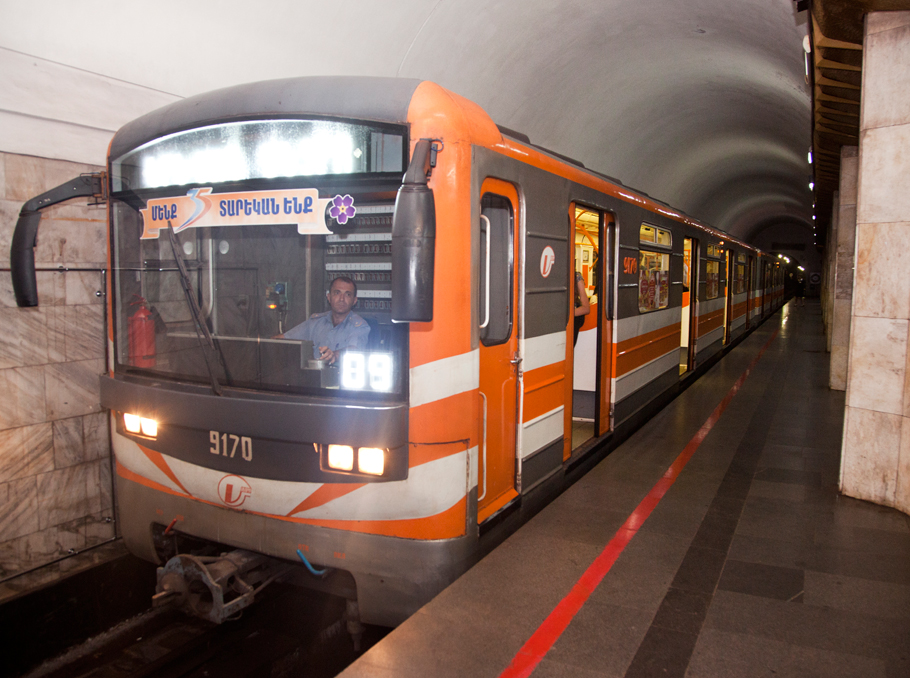 Every single carriage performs about 300 km runs per day
Every single carriage performs about 300 km runs per dayPhoto: Mediamax
“Local renovation doesn’t give expected results, new pieces of equipment are either incompatible with the current systems or cannot be integrated fully, which doesn’t allow the desired efficiency. We work for the safe transportation of passengers, and half measures are unacceptable,” said Stepanyan.
She added that refurbishment was impossible for some of the older rolling stock. Of the 80 or so carriages inherited from Soviet times, only 45 can be modernised. Of these, 18 have been refurbished, but the remaining 27 carriages and other equipment and systems also desperately need to be brought up to date.
This large-scale work could be done only through loans, due to the lack of resources. In Phase I of the programme, launched in 2010 and completed in 2012, the EBRD and EIB loaned 5 million euros each to tackle priority issues. To support the project the European Union provided an investment grant to the amount of 5 million euros to improve environmental, health and safety management systems.
“Metro transport is an environmentally friendly and affordable mode of public transport. As the backbone of Yerevan City’s transport system, the metro system must be functioning efficiently. The Yerevan metro needed to be renovated to secure future operations, and the Bank was happy to support such an initiative,” said EBRD Principal Banker Angela Sax.
“The modernisation need was substantial and it was decided to divide the project into 3 phases. With this approach, we could keep the metro open while renovations were only carried out at night. If we had done everything in one go, we would have had to close the metro for a couple of years,” she said, adding: “Alongside the physical investments we have also engaged with the Metro company to support its corporate development as well as improved environmental management and occupational health and safety measures. We are very pleased with the strong commitment of the Metro Company management and all the staff.”
Phase II of the programme, launched in 2012 and due to be completed soon, also cost 15 million euros, with the financing again divided equally between EBRD, EIB and the EU.
The European Union provided 5 million euros as an investment grant for the second phase of the project aiming to restore reliable operations and focusing on the most necessary improvements.
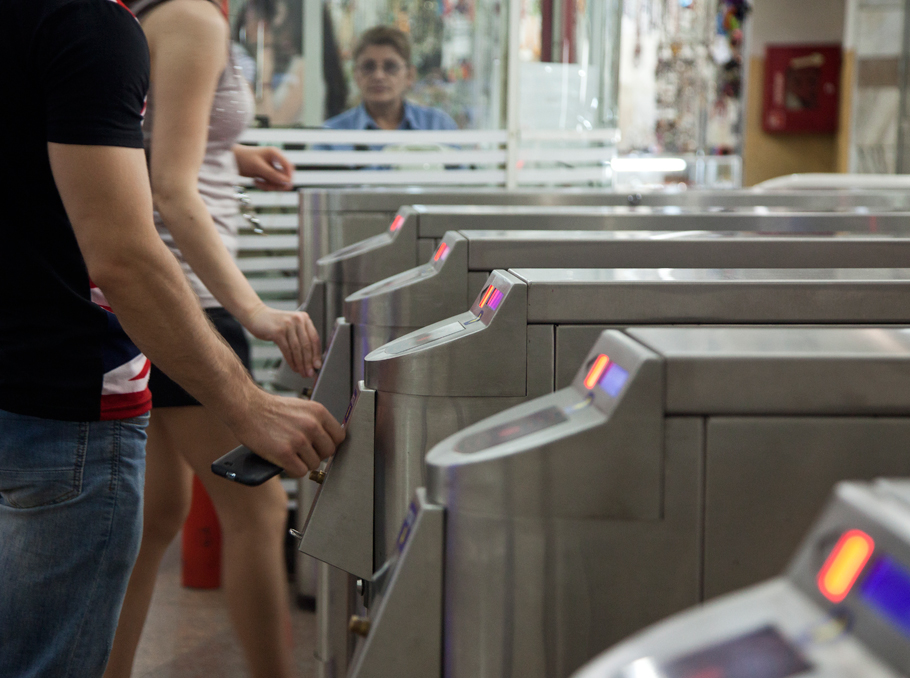 European structures already spent 30 million euro for the modernization of Yerevan Metro
European structures already spent 30 million euro for the modernization of Yerevan Metro Photo: Mediamax
As of now, the visible results include:
- 16 carriages modernised, 8 of them with leftover funds, after 4 million euros were saved from the loans;
- Safe traffic of the carriages was ensured in the open parts of the lines and at the depot;
- A training centre for drivers was constructed, equipped and launched;
- Fire-fighting equipment was completely renewed;
- An automated carriage wash was built;
- 60 old wheelchair ramps were replaced with new ones;
- A 34.6km long power supply high voltage cable was replaced with a new one;
- The ground water disposal system was modernised, ensuring safe traffic in tunnels;
- The most important task of Phase II, construction of a drainage tunnel was launched. It is scheduled to be completed by the end of 2017.
“The result that is most visible for the commuter is the metro car modernisation,” said the EBRD’s Angela Sax. “There are achievements that are less visible to the commuter, namely tunnel and track repairs, which have led to safer metro operations and energy savings. The institutional strengthening of the Metro Company is noticeable for those in contact with the company.”
The metro management have highlighted a number of urgent issues besides the problems solved in the first two phases of the project. Experts invited by the EBRD have estimated that another 41 million euros are needed to solve those issues. Nevertheless, taking into consideration the country’s economic state, the Metro and Yerevan Municipality applied to the Armenian government with a joint offer, reducing the necessary funds to 22 million euros. A second loan agreement is planned to be signed, which will allow funding for the most urgent, strictly necessary procedures, covering safety issues. The project includes the renovation of 10 more carriages, rehabilitation and modernisation of escalators, renovation of general tunnel ventilation system, fire-fighting pipes, replacement of 40km of high voltage cables, modernisation of station lighting, and purchase of the relevant equipment.
The EBRD and EIB have already agreed to allocate a further 7 million euros each to the final phase of the programme. Negotiations are underway with other investors to raise the extra money.
“The third phase is the last renovation phase,” said Sax, “and will also include a public awareness campaign in relation to public transport. The expected result of the three phases is a well-functioning, secure metro system in Yerevan,” she said.
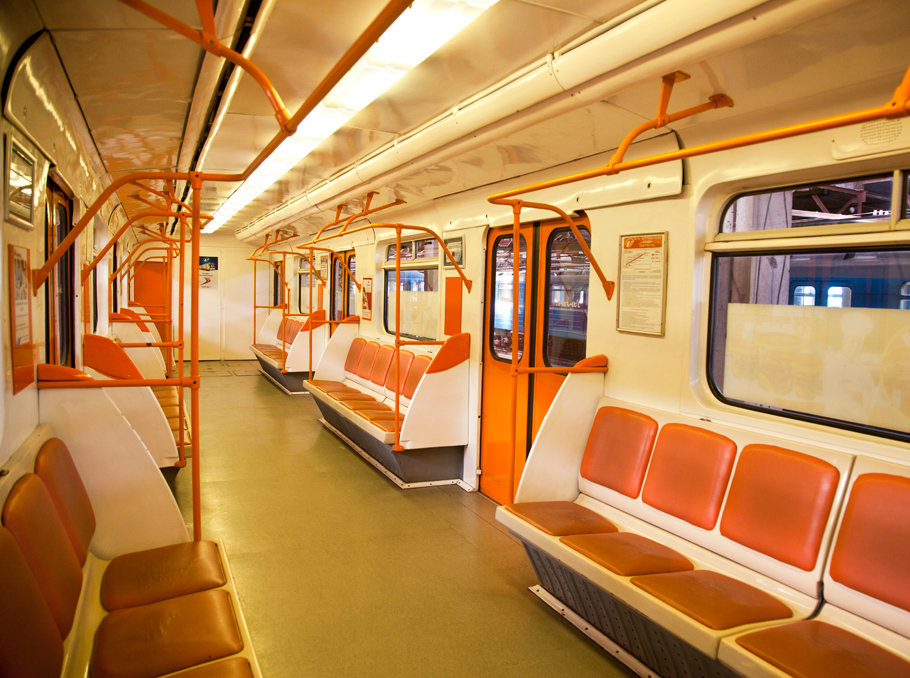 Modernized carriage of Yerevan Metro
Modernized carriage of Yerevan MetroPhoto: Mediamax
Ovsanna Stepanyan said the metro should be seen as a constantly operating object of strategic importance, which requires regular investments to ensure its efficiency and safety on a daily basis. Every single carriage performs about 300 runs per day, she added.
Yerevan Deputy Mayor Vahe Nikoyan views the metro modernisation as an important and inseparable part of transportation system regulation.
“We are thankful to the European institutions for the investments, which enabled us to solve the issue of Yerevan metro’s safe use. Without that support, the operation of the metro would be in question now,” the Deputy Mayor said.
According to him, although the metro does not solve the city’s huge transport problem, its passengers are there to prove how comfortable and efficient it has become.
“Unfortunately, unlike other big cities, we cannot solve the issue with expansion of the metro network throughout the city right now. It implies huge investments, which Armenia does not have. It is worth mentioning though, that now we intend to increase the number of metro transits by involving the metro in the new system of public transportation and excluding parallel bus and minibus lines,” said Nikoyan.
According to Deputy Mayor, the new line network is in the process of development with the help of the Asian Development Bank.
“Thanks to the project we will have a proper transport network, in which Yerevan metro will be of great importance, with some stations serving as transport hubs for everyone,” Nikoyan noted.
“We consider the Metro as the backbone of the transport system,” Sax confirmed: “Trolleybuses should function as extensions of the metro system, and bus and minibus routes should function as feeder routes to the metro and trolleybus lines, with the system fully integrated. A modernised metro will be comfortable for the commuters, and function as the core of the public transport system in the City,” she concluded.
Davit Alaverdyan
Photos by Emin Aristakesyan.













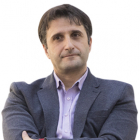

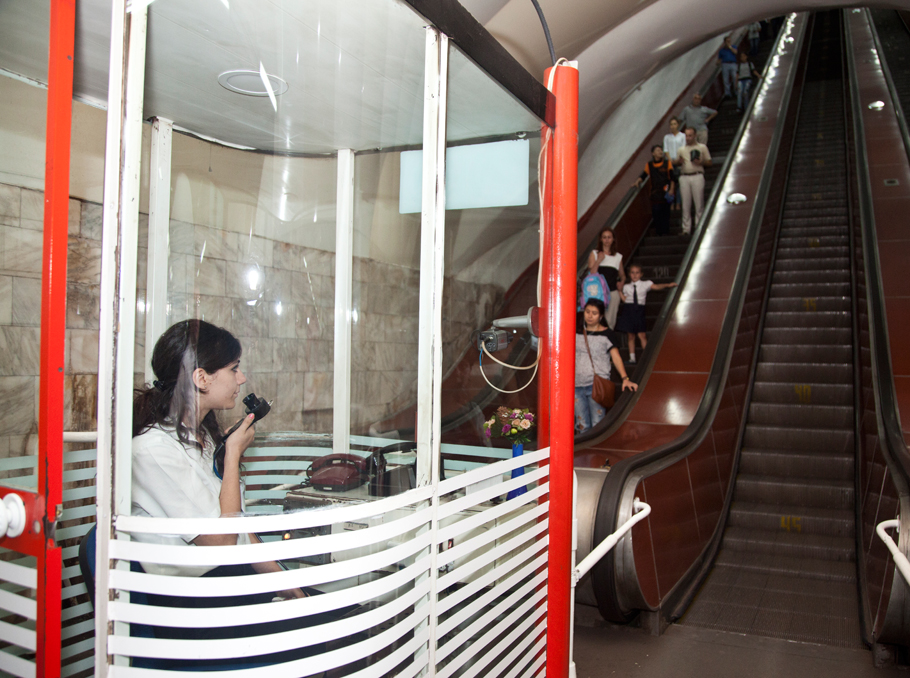
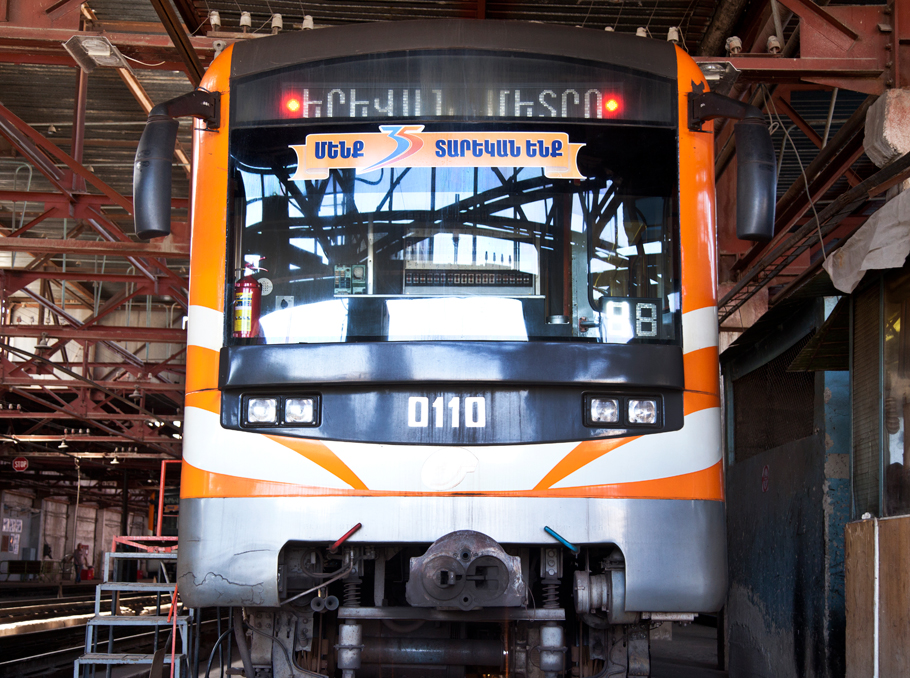
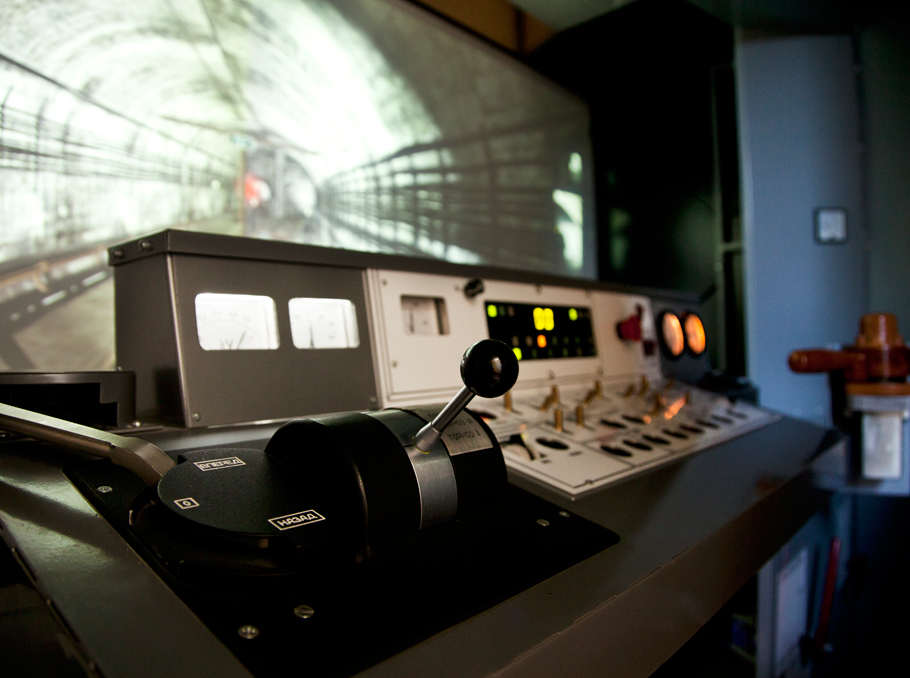
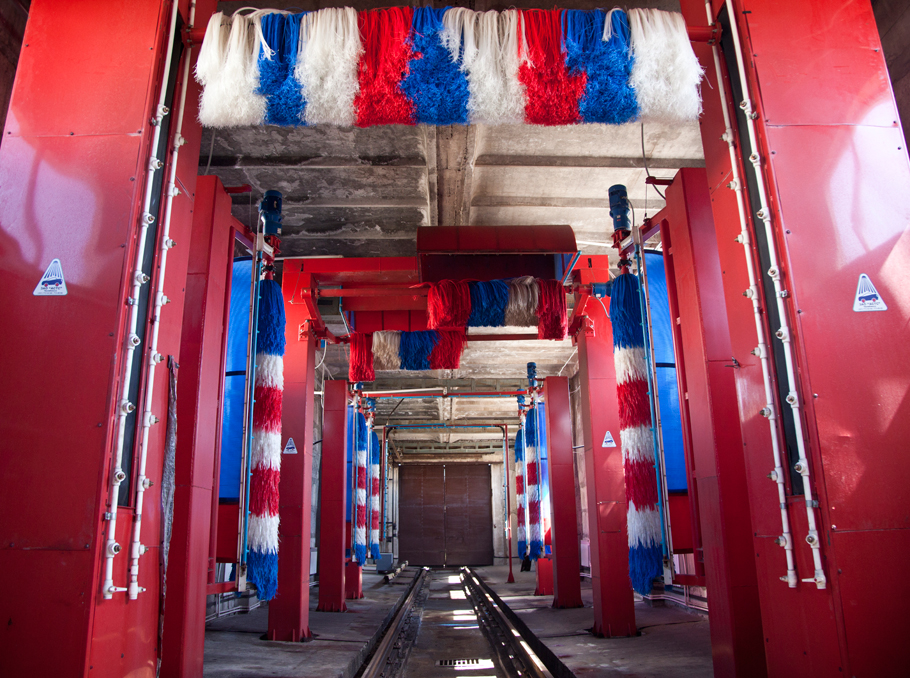
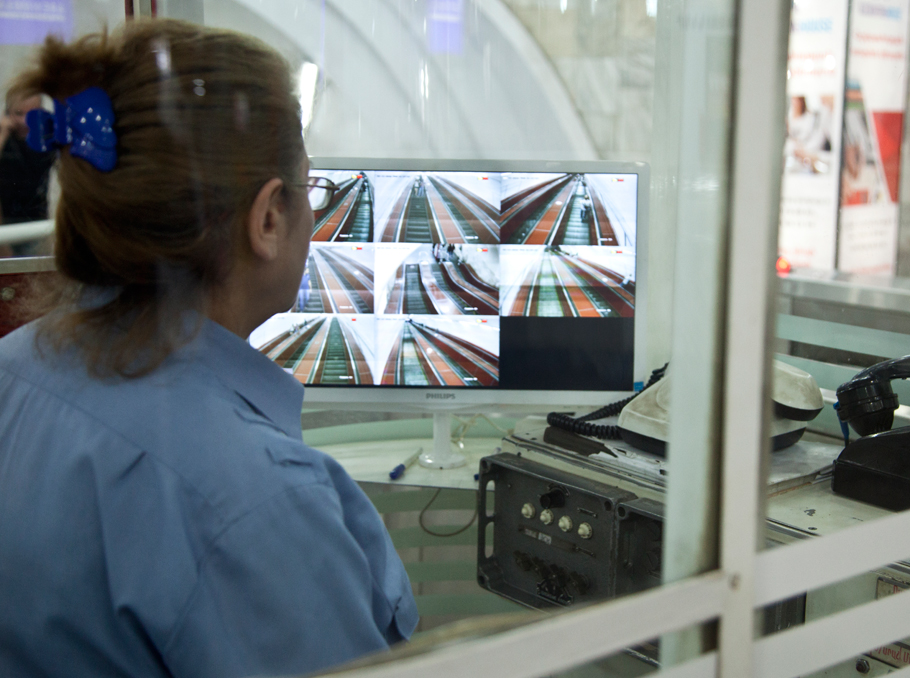
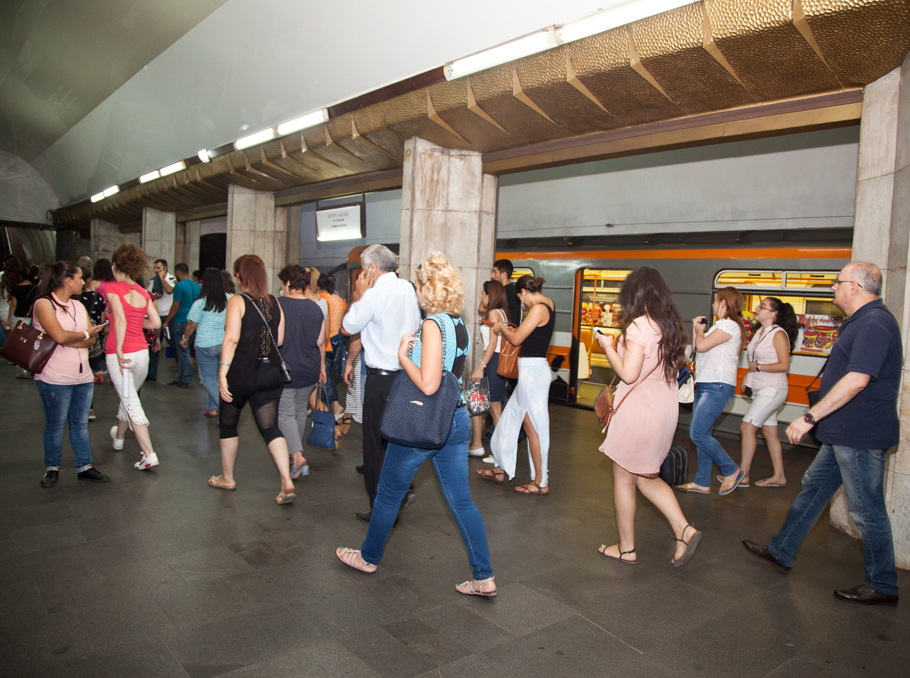
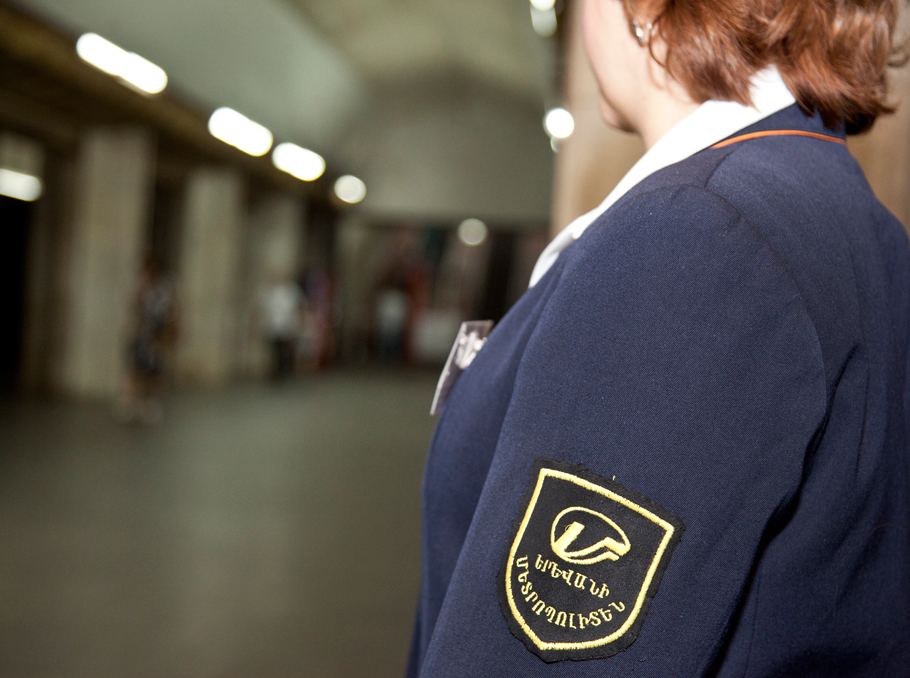

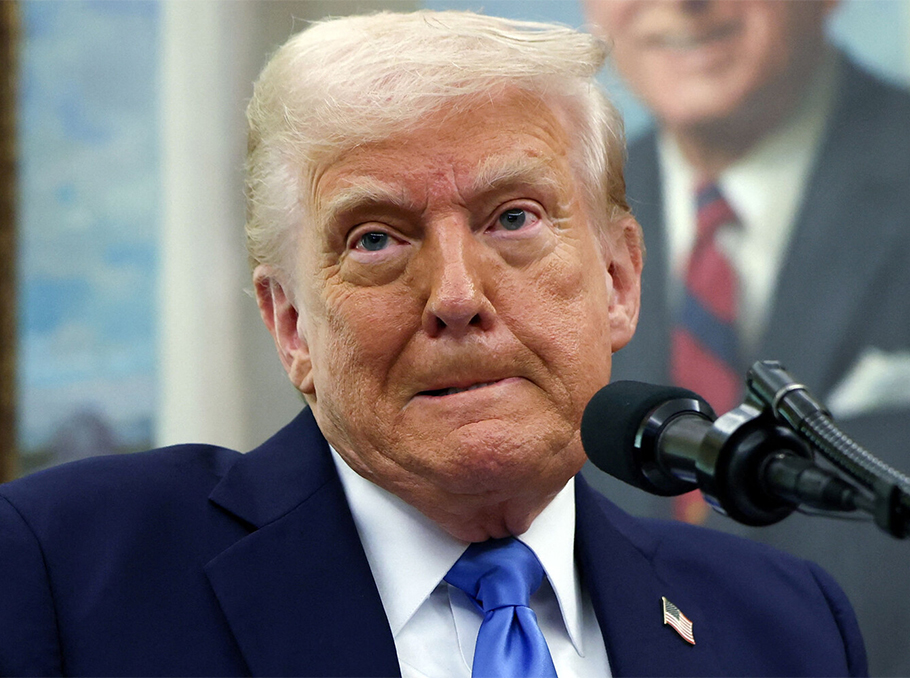
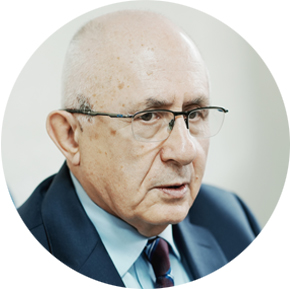
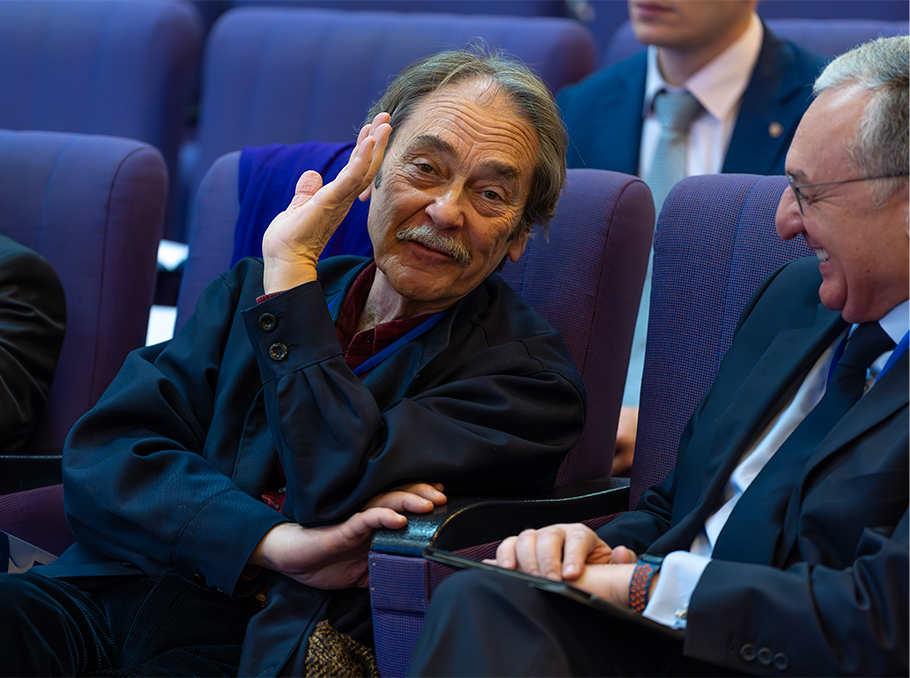







Comments
Dear visitors, You can place your opinion on the material using your Facebook account. Please, be polite and follow our simple rules: you are not allowed to make off - topic comments, place advertisements, use abusive and filthy language. The editorial staff reserves the right to moderate and delete comments in case of breach of the rules.